The Lunar New Year, also known as the Spring Festival or the Chinese New Year, is a special celebration for Chinese citizens all over the world. It’s the annual event where they can gather together to ring in the new year with joy, hope, and luck.
Like many other cultural celebrations, the Chinese New Year comes with a series of traditions and rituals for its followers. Although not all of these practices are applicable to everyone, there are some activities and events we, Filipinos, can take part in to ring in this festive occasion.
Watch and appreciate the artistry of dragon dances
In the past few years, Binondo, Manila, has been known as the place to visit to see the famous lion dances.
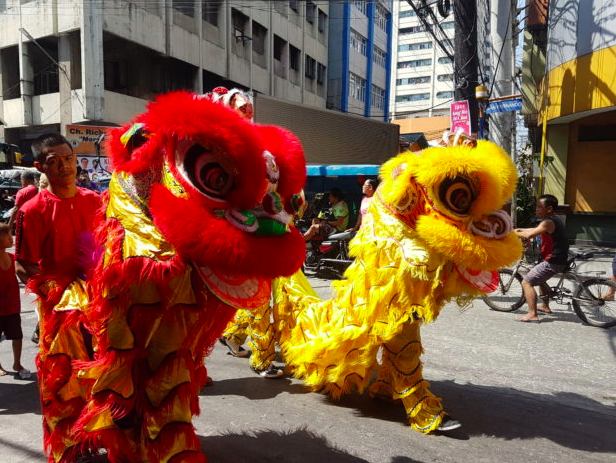
The Chinese Highlights reports that the dragon represents “wisdom, power and wealth” and that these creatures supposedly “bring good luck to people.” So it’s not surprising to see this ceremonial dance performed every Chinese New Year.
Giving out red envelopes with money as a way of “passing blessings”
If you’re feeling extra generous or you just want to wish your children, nieces, nephews, or friends good luck this coming year, then you might want to consider giving 红包 (hóng bāo) or red envelopes filled with money.
According to the Chinese New Year website, this practice is meant to symbolize”elders passing a year of good fortune and blessings” to the younger generation. However, if the younger person chooses to give a red envelope to his or her senior instead, then it would be seen as a symbol of their gratitude and their wish for them to have a long and prosperous life.
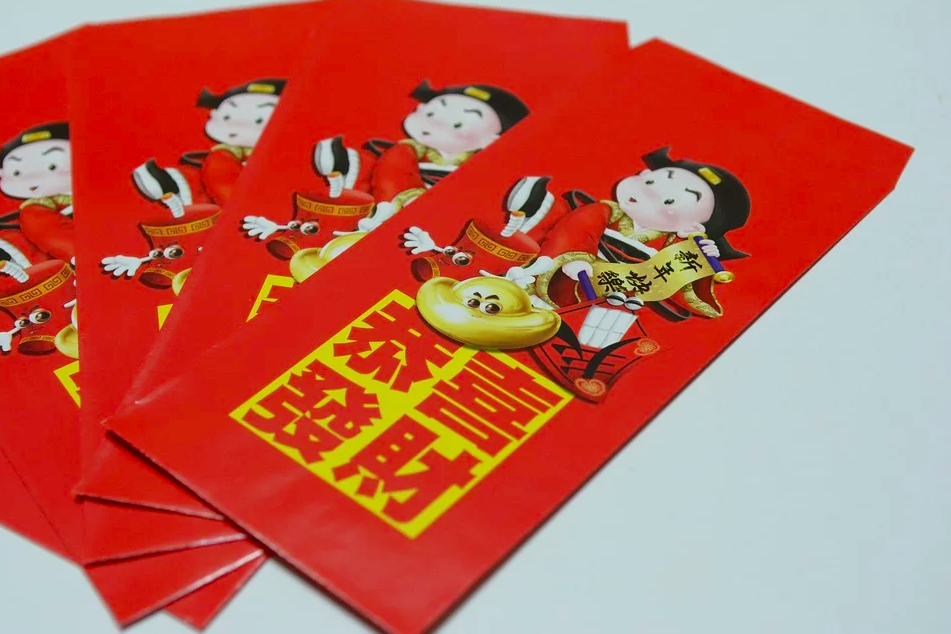
Despite what many people believe, the hóng bāo does not have a minimum, though it is suggested that you should give a higher amount to your family members than to your friends and colleagues.
Wearing red during the Chinese New Year
Red is a special color for Chinese culture as it represents “happiness, beauty, vitality, good luck, success, and good fortune,” as explained in the Chinese Highlights website.
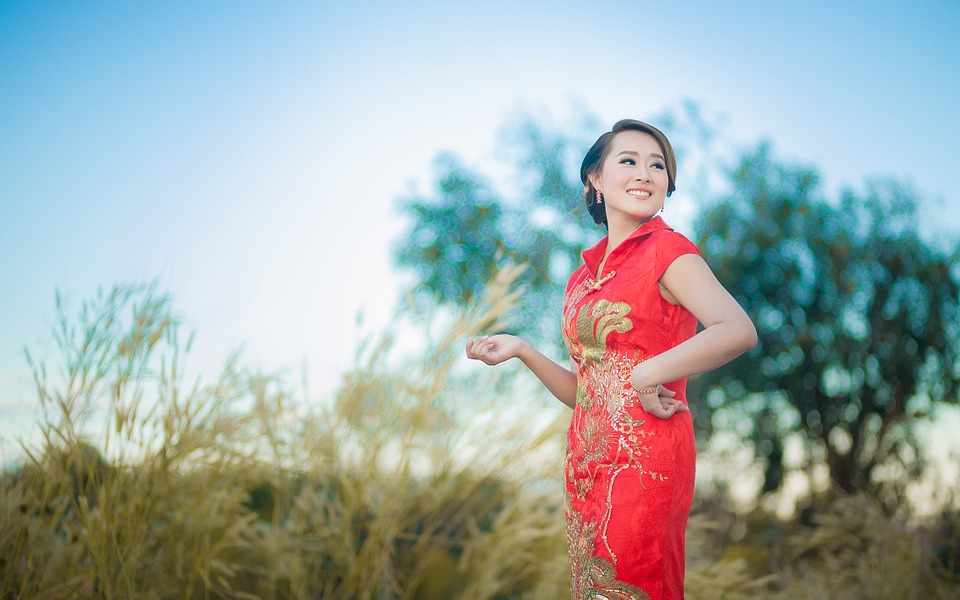
This explains why many of the Chinese wear this color during their Lunar New Year celebrations.
Reunite with family at the new year’s eve dinner
Before the Chinese ring in the new year, they take part in Nián yèfàn or the new year’s eve dinner. On this special evening, all members of the family must attend and enjoy their homemade feast. And if one family member is unable to make it, then the people in attendance must still set his or her plate on the dinner table as if she or he were actually there.
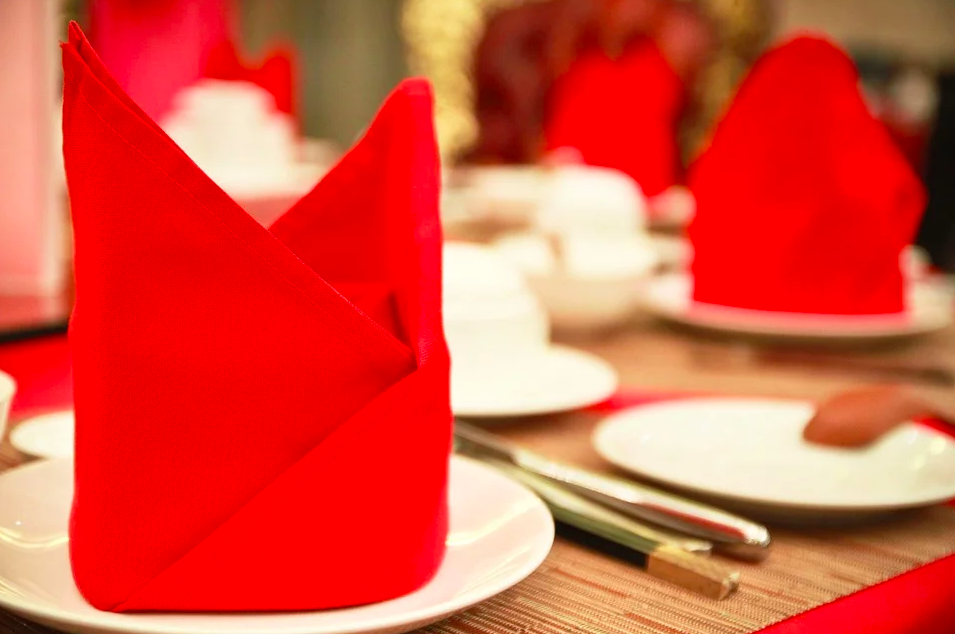
This tradition dates back to the history of the Spring Festival, wherein families would gather together in their homes and prepare delicious meals for their ancestors to protect them from the monster called Nian. Today, it’s a practice that reunites immediate and distant family members and allows them to ring in the new year with the hope of love and good fortune.
Enjoy the abundance of Nian Gao (Tikoy)
This sweet, glutinous rice cake is not only thoroughly enjoyed by the Chinese but by Filipinos, as well. And during the Chinese New Year celebrations, you can expect an abundance of this particular dish!
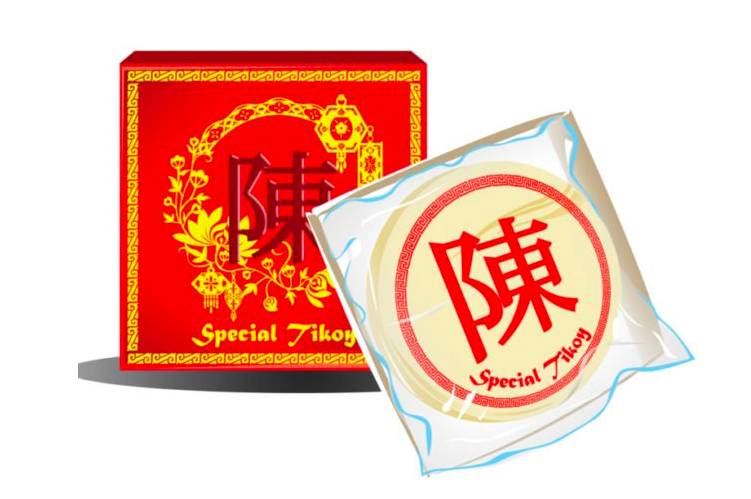
INQUIRER.net shared that the Nian Gao or Tikoy is a “symbol of achieving something greater each year whether it be in health, in one’s career, monetary wealth, grades, or even a child’s height.” Given this, the Chinese believe that eating this dish gives them a better chance of receiving good luck or fortune during the year.
Read more from InqPOP!:
Watch out for these taboos as you celebrate the Chinese New Year
Gucci marks Year of the Rat with Mickey Mouse-themed collection


